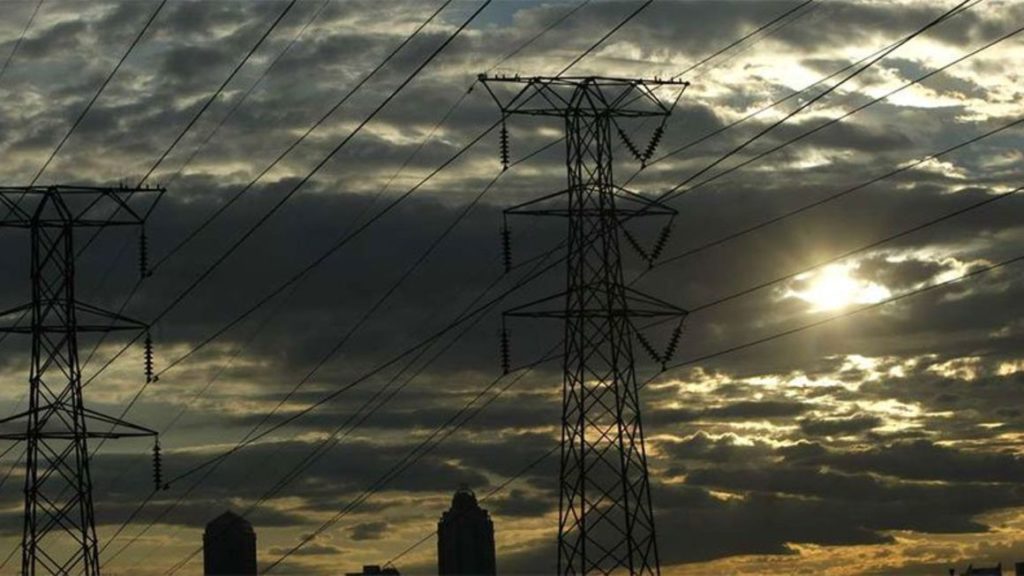According to the United Nations Sustainable Development Goal (SDG) 7, countries should work towards access to affordable, reliable, sustainable, and modern energy for all by 2030 as an enabler to social economic transformation.
Despite concerted efforts through various initiatives, electricity access remains a challenge with more than 700 million people globally without access – majority of whom (more than half a billion) live in sub-Saharan Africa.
Kenya is no exception with more than 20percent of its population without electricity access. In the recent years, the government has intensified its electrification efforts through last mile connection, growing access from 20percent in 2013 to the more than 70percent currently.
Enhancing access through grid extension is expected to plateau due to the high cost of connecting households that are distant from the existing network. This calls for alternative approaches towards electrification such as the use of mini-grids and solar home systems.
Mini-grids are electricity supply systems used to distribute electricity within a given area. The mini-grids are either connected to the main electricity network run by utilities such as Kenya Power and Lighting Company (KPLC) or isolated with own generation.
In the electrification context, most of the mini-grids are powered by solar, wind, hydro and diesel or a combination of the technologies supplying between 50 to 1,000 households.
In Kenya, mini-grids were first developed by the Government in the 1980s to supply Government administrative centres that were far from the main grid. Such towns supplied by these mini-grids include Lodwar, Mandera and Marsabit.
The initial mini-grids were mostly powered by diesel generators. Currently, public mini-grids are developed by Rural Electrification and Renewable Energy Corporation (REREC) and operated by Kenya Power with several private players entering the space.
The Kenya National Electrification Strategy (KNES) launched in 2018 identifies mini-grids as a key driver to universal access to electricity by 2022. It is estimated that more than 40 percent of the non-electrified population are to be reached through mini-grids and solar home systems.
Indeed, the $150 million Kenya Off grid Solar Access Project (KosapP) sponsored by the World Bank in partnership with the Kenyan Government is enhancing electrification in 14 of Kenya’s underserved counties through mini-grids and solar home systems.
It is expected that more than 150 solar powered mini-grids shall be developed by the end of the Kosap. In addition, there are more than 130 privately owned mini-grids in the pipeline, currently at various stages of development.The mini-grid sector is further supported by […]
